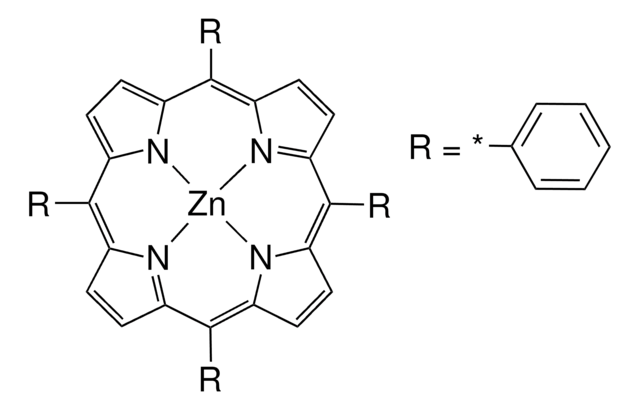413658
Indium(I) iodide
AnhydroBeads™, −10 mesh, 99.999% trace metals basis
Synonym(s):
Indium monoiodide
About This Item
synthesis grade
Recommended Products
grade
for synthesis
synthesis grade
product line
AnhydroBeads™
Assay
99.999% trace metals basis
form
beads
reaction suitability
reagent type: catalyst
core: indium
impurities
≤15.0 ppm Trace Metal Analysis
particle size
−10 mesh
SMILES string
[In]I
InChI
1S/HI.In/h1H;/q;+1/p-1
InChI key
FOVZCYAIUZHXGB-UHFFFAOYSA-M
Looking for similar products? Visit Product Comparison Guide
Related Categories
Application
Legal Information
accessory
Signal Word
Danger
Hazard Statements
Precautionary Statements
Hazard Classifications
Acute Tox. 4 Oral - Eye Irrit. 2 - Resp. Sens. 1 - Skin Irrit. 2 - STOT SE 3
Target Organs
Respiratory system
Storage Class Code
11 - Combustible Solids
WGK
WGK 3
Flash Point(F)
Not applicable
Flash Point(C)
Not applicable
Personal Protective Equipment
Choose from one of the most recent versions:
Already Own This Product?
Find documentation for the products that you have recently purchased in the Document Library.
Our team of scientists has experience in all areas of research including Life Science, Material Science, Chemical Synthesis, Chromatography, Analytical and many others.
Contact Technical Service










